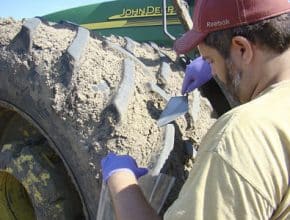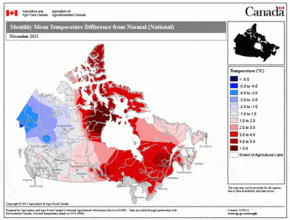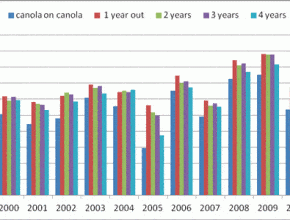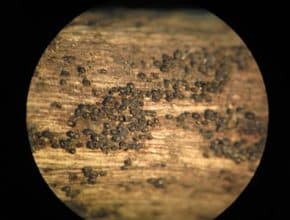Read on for tips to reduce the risk of selecting for resistant weeds on your farm…
Canola Watch Posts
-
-
CanoLAB 3-D is a unique chance to see what real canola plants look like when they are suffering from various stresses at different growth stages. The interactive and hands-on lab will run March 5 and 6 at Hole’s new Enjoy Centre in St. Albert, Alberta. Registration opens February 6 at 9:00 a.m. MST. Space is limited to 100 people per…
-
-
-
-
-
-
Lack of crop diversity can increase the density of pests in a field. The higher the population of a pest in a field, the higher the risk of developing resistance to the pesticides (herbicide, fungicides or insecticides) used for controlling the pest in those fields…
-
Blackleg resistance is starting to show cracks in some areas where tight canola rotations have become normal practice. This is a reminder that the long-term viability of genetic resistance does require some rotation management on the growers’ part. This may be particularly true for clubroot resistant canola varieties, which have become a key clubroot management tool for growers with heavy…






